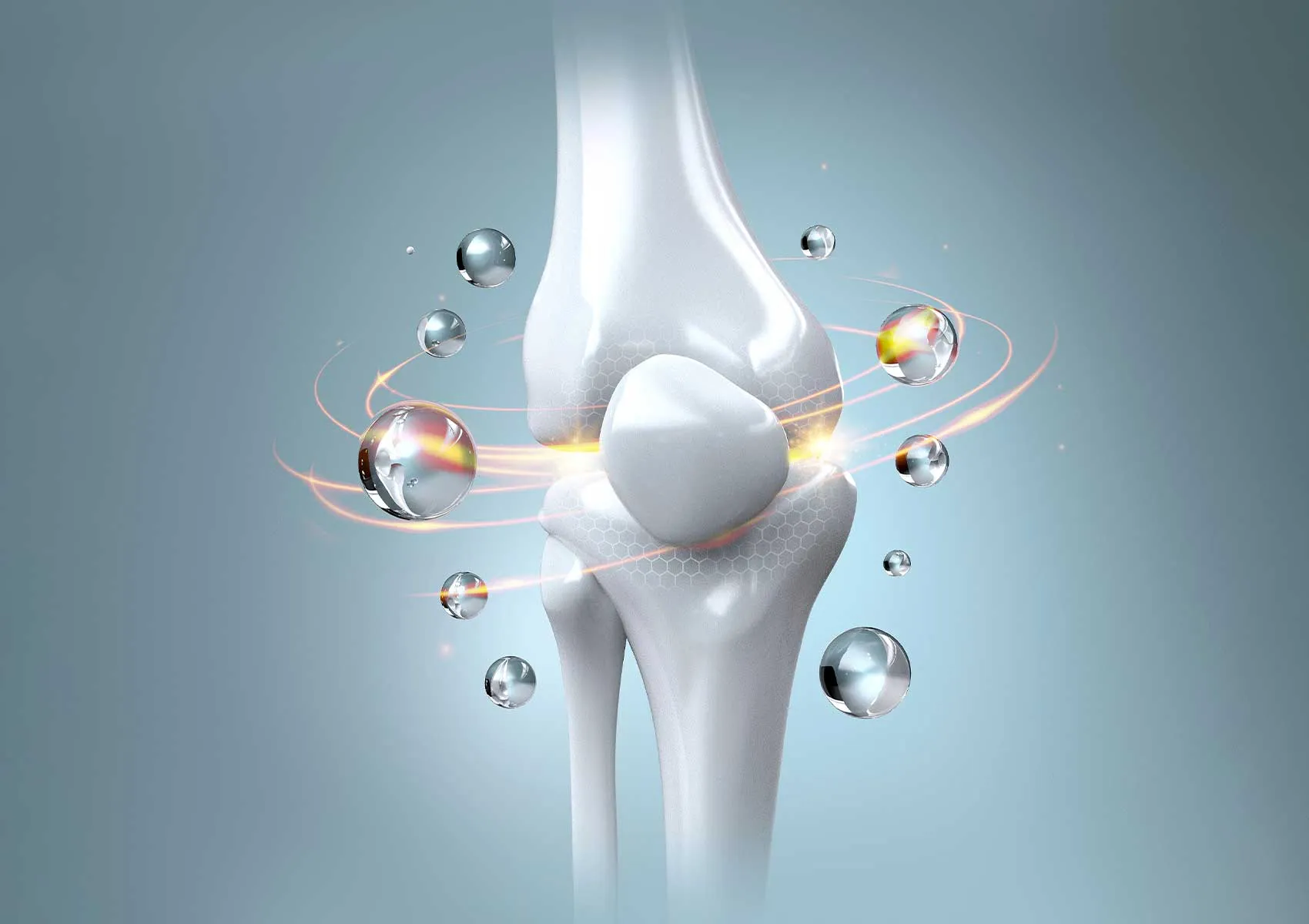How is Cartilage Repair Performed with Arthroscopy?
Cartilage repair using arthroscopy is a treatment method performed with minimally invasive surgical techniques. This article provides a detailed account of how arthroscopic cartilage repair is conducted, the methods used, and the recovery process.
Cartilage is a flexible and smooth tissue that enables joint movement and protects the ends of bones. However, cartilage can sustain damage due to trauma, overuse, and aging. Because cartilage lacks blood vessels, its capacity for self-repair is limited. Therefore, if cartilage injuries are not treated promptly and properly, they can lead to joint degeneration and pain.
Arthroscopy is a minimally invasive surgical technique involving the insertion of a small camera and surgical instruments into the joint. This method avoids large incisions, resulting in a shorter and more comfortable recovery. It is frequently applied to joints such as the knee, hip, and shoulder.
Cartilage repair with arthroscopy can be performed using various techniques depending on the type and severity of the cartilage damage. These techniques are explained in detail below.
Assessment of Cartilage Damage
During arthroscopy, a camera is inserted into the joint to closely examine the cartilage surface. The size, depth, and location of the damage are determined. This evaluation is crucial for selecting the appropriate repair technique.
Microfracture Technique
This technique is preferred for moderate cartilage injuries. Small holes are made in the bone beneath the cartilage to allow stem cells from the bone marrow to reach the joint surface. This stimulates the formation of new cartilage and connective tissue. Microfracture is performed arthroscopically as a minimally invasive procedure and offers the advantage of easy recovery.
Osteochondral Autograft Transplantation
Used in larger and deeper cartilage injuries, this procedure involves harvesting cartilage and underlying bone from healthy areas and transplanting them to the damaged site. It can be performed using arthroscopic methods combined with mini-open approaches. This technique creates strong cartilage tissue that closely mimics the natural structure.
Cartilage Matrix Implantations
These are repairs supported by biomatrices prepared in the laboratory. For example, Autologous Chondrocyte Implantation (ACI) involves multiplying the patient's own cartilage cells in vitro and transplanting them to the damaged area. Arthroscopic surgery is used to place supportive membranes. This method is especially effective in younger patients.
Debridement and Cleaning Procedures
Loose fragments and torn tissue on the cartilage surface are cleaned arthroscopically. This enhances joint mobility and reduces pain. Debridement is often combined with other repair procedures.
Postoperative Period and Rehabilitation
Patients generally experience a rapid recovery following arthroscopy. In the initial days, pain control and reduction of swelling are prioritized. A physical therapy program is planned to increase joint range of motion and strength. The success of cartilage repair is enhanced with consistent rehabilitation. Return to sports activities depends on adherence to this program.
Arthroscopic cartilage repair requires an experienced surgeon, appropriate techniques, and a treatment plan tailored to the patient’s age and condition. Dr. Gökhan Polat’s work highlights the effectiveness of arthroscopic treatment methods, particularly in sports injuries. The goal is to achieve maximum benefit with minimal damage.
Early diagnosis and correct treatment approach in cartilage repair are essential for preserving long-term joint health. Minimally invasive arthroscopic methods enable patients to return more quickly to their daily lives. However, not every cartilage injury is suitable for this method and should be evaluated by an orthopedic specialist.
FAQ
-
Which joints are arthroscopic cartilage repairs most commonly applied to?
They are most frequently performed on the knee, hip, and shoulder joints. Cartilage injuries in these joints can be effectively treated with arthroscopic surgery.
-
What is the microfracture technique and when is it preferred?
Microfracture involves creating small holes in the bone beneath the cartilage to allow stem cells to reach the area. It is preferred for moderate cartilage injuries.
-
What is the recovery process like after arthroscopy?
Since arthroscopic procedures are minimally invasive, recovery is usually rapid. Pain is managed and physical therapy is employed to enhance joint function. Patients can return to daily activities within a few weeks.
-
In which cases are implantation techniques used for cartilage damage?
These techniques are chosen for large and deep cartilage defects, where the patient’s own cartilage cells are grown in a laboratory and then re-implanted into the joint.
-
When can patients return to sports after arthroscopic cartilage repair?
This period depends on the extent of the damage, the technique used, and the rehabilitation process. Typically, a controlled return to sports can occur within 3 to 6 months, but it is essential to follow the doctor’s recommendations accurately.

